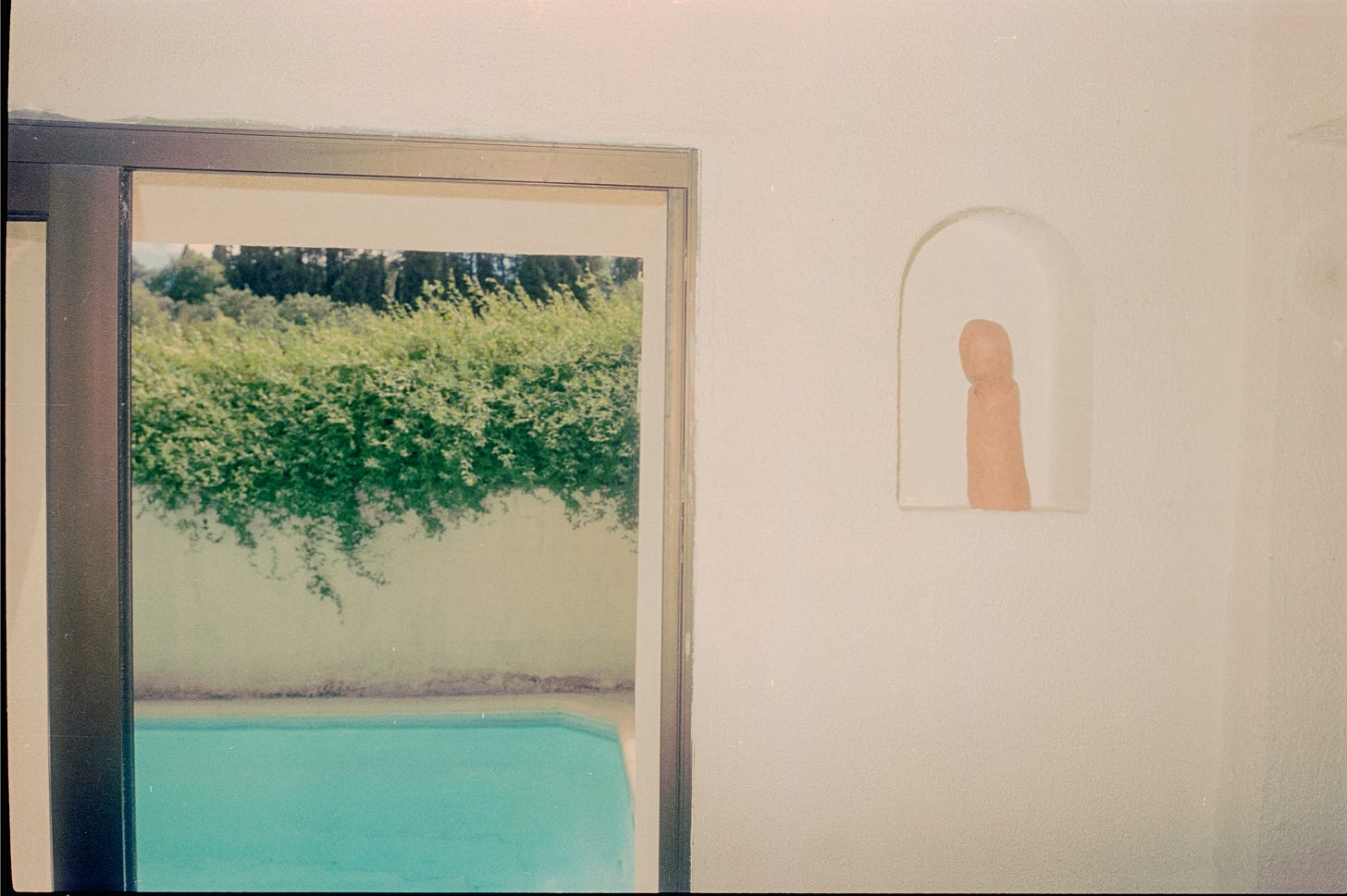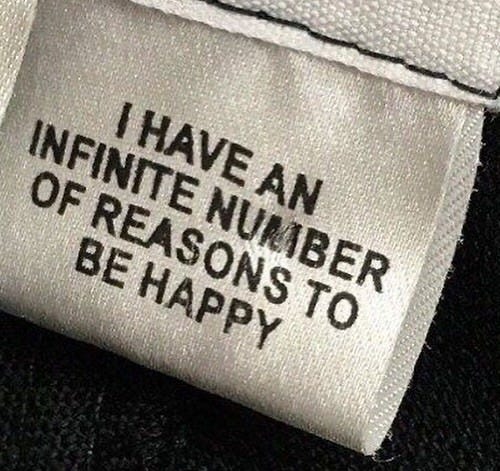#11 Something New
How Substack has changed, why we dream, middle class of commercial work and does size matter in photography.
I'm experimenting with a new approach here.
Substack's rapid changes have thrown me off balance, and like many of you, I'm adapting to the shifting digital migration between platforms. It's a curious thing, this search for a new online home. I recently became overly preoccupied with the Notes section, surprisingly bothered by the lack of interaction – ten posts, zero likes. It was a strange feeling, and I realized I was letting that single feature dictate my entire Substack experience.
In the midst of that, I almost forgot the heart of Substack: the newsletter. I also realized I'd been holding back, setting a high standard for each post for some reason. I'd imagined Notes as a casual space for journaling, but I'm now finding that voice here, in this newsletter. It feels more genuine, more connected. And there's a real sense of ownership knowing that 108 of you, for whatever reason, have chosen to subscribe to my thoughts. That connection is something I truly value, and it's a welcome escape from the algorithmic churn.
To better capture and share the things that pique my interest – snippets of text, audio, video, whatever catches my eye – I've created a personal system. About Things will now be the place where I organize and share these discoveries as casually as I can.
Why we dream?
Neuroscientist David Eagleman proposes a compelling theory about why we dream, rooted in brain plasticity. He suggests that dreaming serves to safeguard the visual cortex during sleep, preventing it from being repurposed by other brain regions.
This aligns with our understanding of the brain's remarkable ability to restructure itself, as seen when sensory loss leads to heightened abilities in other senses. I found this to be an interesting theory in a field that holds so much mystery even though having dreams is such an everyday phenomena to most of us.
Listen to the full podcast with David here.
Middle class of commercial work is dying
At a recent gathering, a colleague and I discussed the current state of the commercial industry here in Helsinki. We dissected the growing influence of ad agency in-house production, a trend that's demonstrably squeezed out mid-range projects for independent companies.
A casting agent confirmed this, noting that nearly 80% of current casting calls originate from these in-house producers. This shift, which I've witnessed firsthand, significantly impacts independent production companies, effectively eliminating mid-range projects. I'm keen to see how AI further reshapes this landscape.
This video, from a commercial cinematographer's perspective, echoes our conversation, highlighting the altered entry points into the field. The emphasis is shifting towards innovative ideas and distinctive work, rather than traditional career progression.
Physical size of images
Been thinking about the physical size of images we see and evaluate daily on our phones.
This image on my phone screen is about 6x7,5cm (funnily quite close to a medium format negative) and I think it looks great. However I discarded it when I originally printed it on a 20x25cm paper as it wasn’t sharp (camera shake).
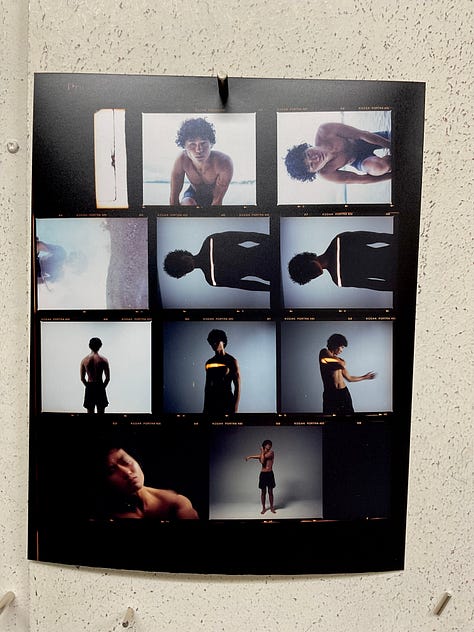
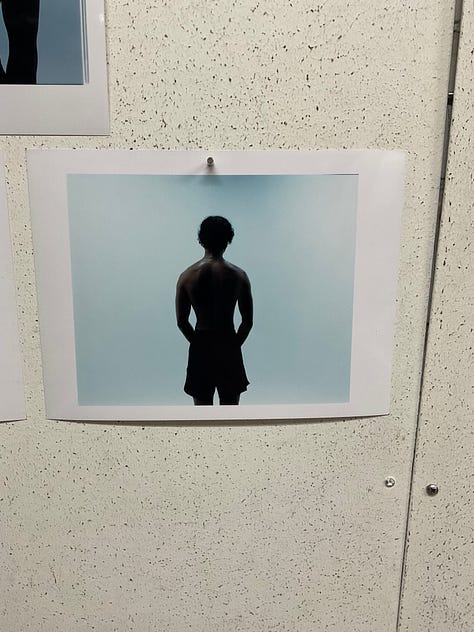
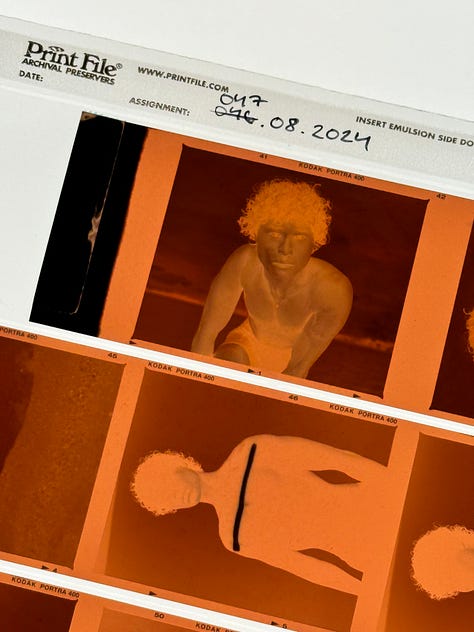
I wonder if the smaller size gives us more options and possibilities to use photos, or make us sloppy?
Bubbling under
📙 Got very interested in book binding and hoping to do one from scratch soon!
🤔 “Take a deep breath” is supposedly the best way to start an AI prompt. Investigating this.
Thanks for reading!
Juho
Find me



